Personification with Examples | Personification in Poems and Literature
What is Personification?
Personification is a figure of speech where human qualities are given to lifeless objects or ideas. These may be emotions, desires, sensations, gestures, or speech.
Example
The opportunity was knocking on her door.
(Here we are giving human quality of knocking to object of opportunities, so, personification is used)
Personification is a common form of metaphor in that human qualities are given to nonhuman things. It is a literary device found in the literature.
Personification is an effective use of figurative language.
Let’s see some examples of personifications.
Personification Examples
- The sun smiled at us.
- The sunlight danced.
- Love is blind.
- The stars danced playfully in the moonlight sky.
- The streets are calling me.
- My iPod died.
- My computer works very hard.
- The trees danced in the breeze.
- The book is crying.
- Rocks are dancing.
- That picture says a lot.
- Her eyes are not smiling at us.
- The wind is whispering outside.
- That car is driving too fast.
- Anxiety is sitting on her face.
- My phone is not collaborating with me.
- My pen is not cooperating with me.
Personification is often confused with the literary term anthropomorphism due to major similarities.
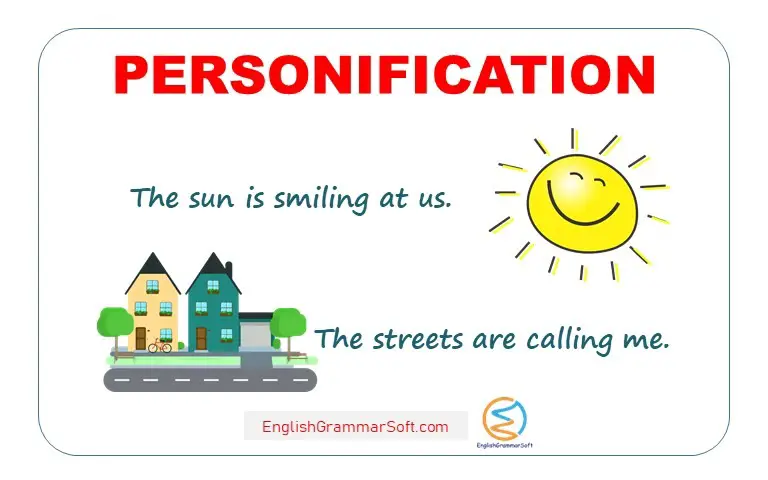
Personification Vs Anthropomorphism
| Personification | Anthropomorphism |
| To give human qualities to lifeless objects or ideas or nonhumans. | To give human qualities to animals, objects. |
| Personification is figurative. | Anthropomorphism is literal. |
| Personification is a little more difficult. | Anthropomorphism is easy to find. |
| Examples The sunlight danced. The streets are calling me. | Examples Simba in the lion king. Nemo and Dory in finding Nemo. |
Personification in songs
Song 1
“Shadow of the day” by Linking Park
And the sum
Will set for you
The sun will set for you
And the shadow of the day will embrace the world in grey.
And the sum will set for you.
Song 2
“Stop and stare” by One Republic
This town is colder now,
I think it’s sick of us
It’s time to make
Our move, I’m
Shaking off the rust.
Song 3
“Window Song” by Finger Eleven
All the windows are
Playing their game
Wher I won’t see
Outside again
Till I write all the fog-away.
Personification in poems
“Daffodils” by William Wordsworth
I wandered lonely as a cloud that floats on high o’er vales and hills,
When all at once I saw a crown,
A host, of golden daffodils,
Fluttering and dancing in the breeze
Ten thousand saw I at a glance,
Tossing their heads in sprightly dance.
This poem brings a beauty of nature to life. The daffodils are personified as a crowd of people dancing.
“Hope is the thing with feathers” by Emil Dickinson
Hope is the thing with the feather
That perches in the soul
And sings the tune without the words
And never stops at all
In this stanza, poet personified the hope, because the poet describing hope is the thing with the feathers and sings the sound without any words.
Personification in literature
Personification is found in literature to help readers to understand the nonhuman subjects.
Here are some examples of personification in literature.
“Romeo and Juliet” by William Shakespeare
The grey-ey’d morn smiles on the frowing night, check’ ring the Eastern clouds with streaks of light.”
In this stanza poet describing the morning smiling at the night, he is personifying the morning and create a setting for Romeo and Juliet’s Love to unfold.
“The sick rose” by William Blake
O Rose thou are sick,
The invisible worm,
That flies in the night
In the howling storm
Has found out thy bed
Of crimson joy,
And his dark secret love
Does thy life destroy?
In this stanza, the poet describes roses aren’t like people who become ill. Poet uses personification to enhance the description of the rose.
“Tintern Abbey” by William Wordsworth
I bounded o’er the mountains, by the sides of the deep river, and the lonely streams,
Whenever nature led: more like a man flying from something that he dreads, than one who sought the thing he loved.
In this stanza, the poet considers nature and learned from nature. He beautifully personified the streams in his words.
“In lonely rooms and mid the din of towns and cities, I have owed to them
In hours of weariness, sensation sweet.”
In this poem, the poet seems that nature has healing power. In these lines he beautifully used personification for reader’s imagination)
“Torridge River” by Ted Hughes
The river walks in the valley singing
Letting her veils blow
A novelty from the real side of Adam
April in the lift of her arm
December in the turn of her shoulder
As it sauntering was a long stillness
She who has not once tasted death
For the poet the river is an image continuity of life, renewing of life through healing. By use of personification, the poet describes the river.
In literature we often found personification. Poet uses personification for the readers’ imagination. Due to personification readers understand non-human things.
Why writers use personification?
- To make our writing more interesting.
- Allows to describe things clearly and originally
- To understand reader’s imagination.
Points for writing personification
Here are examples in which it’s effective to use personification in writing.
- Express creativeness
- Implementation poetic skill
- Generate humor
- Enhance imagination
Express Creativeness
Personification expresses a high level of creativity. As a figure of speech, human qualities are given to non-human things through personification to make sense.
Demanding creativity on the part of the write to find out connections and develop successful personification.
Implementation poetic skill
Many poets believe on personification to create clear imagery and memorable imagery.
For example
In Led Zeppelin’s poem Thank You,
And so today, my world it similes
In this line poet skillfully personifies the world.
My world is not a single thing, it is many things. This is a beautiful use of personification.
Generate Humor
Personification can be an outstanding device to generate humor for a reader. This is particularly true among young readers who understand the comedic contrast between a non-human thing as human qualities.
Personification allows for generating humor related to comedy.
Enhance Imagination
Personification is a literary tool that allows readers to increase their imagination by believing that non-human can behave as human characters. People personify things in their daily lives by giving human qualities to non-human things. This allows readers and writers to view an image of human qualities by imagination. Readers may also grow a huge understanding of human behavior.
Purposes of Functions of Personification
Personification is used to give human qualities to lifeless objects. The purpose of this figure of speech is to show lifeless things to life to clearly explain then. Writers use personification to make their writing more clear and to have the reader understand the object.
Personification gives deeper meaning to literary devices. It adds clearness to expressions. It is easier for users to understand something that is human. Personification encourages us to develop an outlook that is new as well as creative.
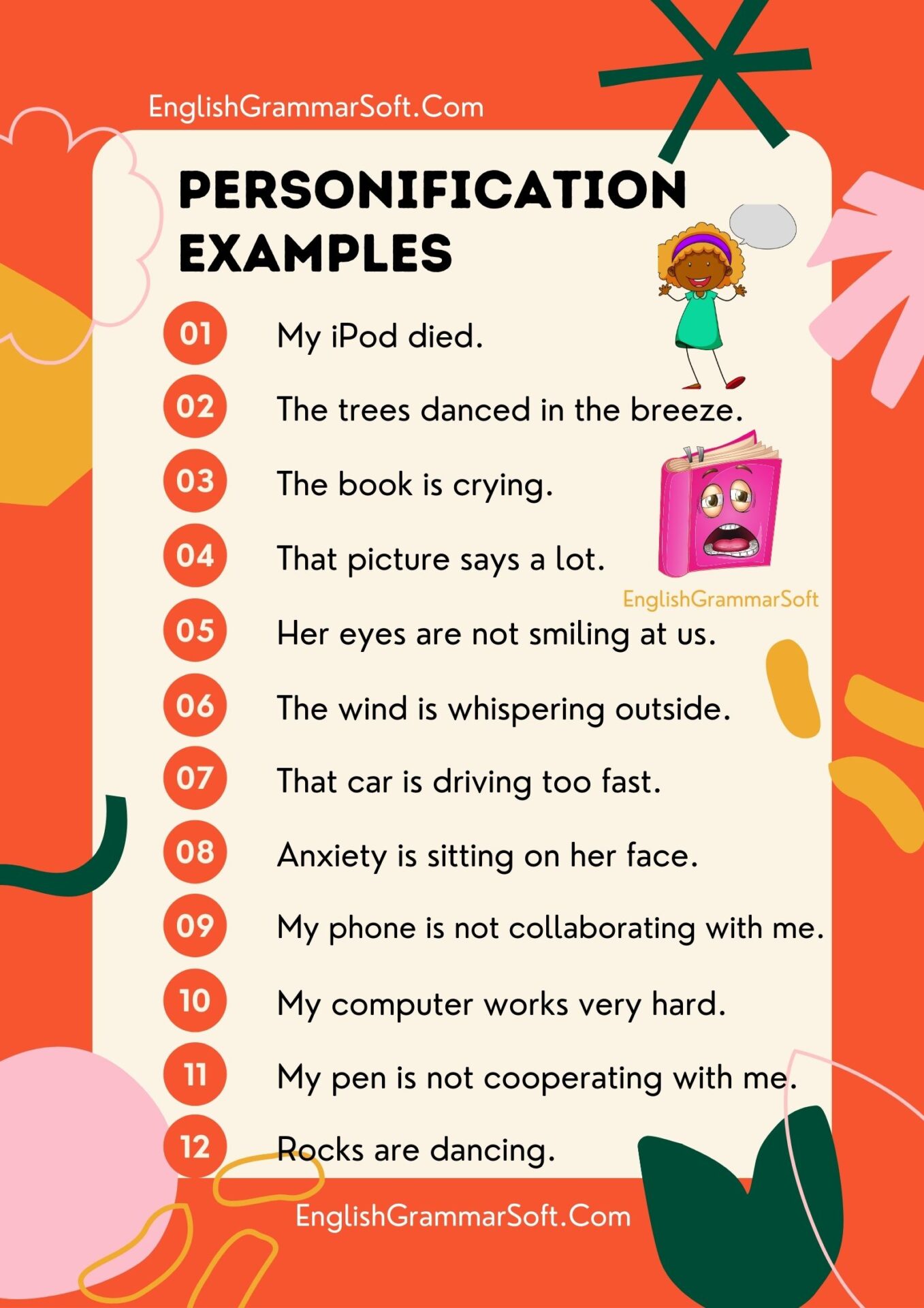
Further reading:
- 27 Figures of Speech with Examples
- What is a simile in literature? How to write a good simile?
- 12 Types of Metaphor with Examples | Metaphor Vs Simile
- Personification, History, Theory and Innovative
- Antithesis Examples in Literature
- Euphemism Figure of Speech
- Fable Literary Device
- Apostrophe as a Figure of Speech
- Hyperbole Definition and Examples
- What is Epigram in Figure of Speech?
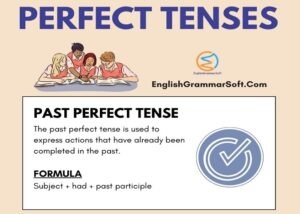
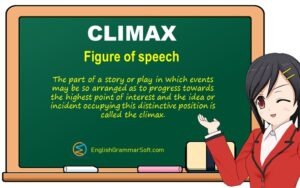

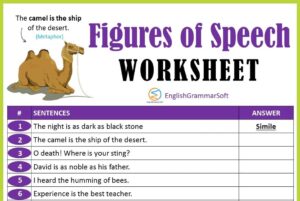

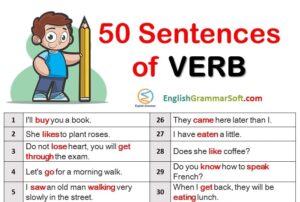
This is a very interesting article. Please, share more like this!
I have read so many content concerning the blogger lovers except this article is genuinely a nice article, keep it up.
Everything is very open with a very clear explanation of the challenges. It was definitely informative. Your site is extremely helpful. Many thanks for sharing!
Thank you Jill Trabert
Good info. Lucky me I recently found your site by accident (stumbleupon). I have bookmarked it for later!
What as Happening i am new to this, I stumbled upon this I have found It absolutely helpful and it has aided me out loads. I hope to contribute & assist other users like its helped me. Good job.
I truly love this blog article.Thanks Again and again. Will read on
Thanks for sharing, this is a fantastic blog post.Much thanks again.
Thank you, Thomas. We are happy that you liked the post.
What as Happening i am new to this, I stumbled upon this I have found It absolutely helpful and it has aided me out loads. I hope to contribute & assist other users like its helped me. Good job.
This particular blog is obviously educating additionally factual. I have found many helpful stuff out of this amazing blog. I ad love to go back again and again. Thanks a bunch!
This is a very interesting article. Please, share more like this!